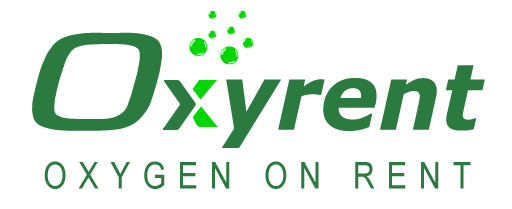Pulse Oximeter: Our generation has access to the greatest Hospitals and Doctors but lacking somewhere in adapting medical technologies and equipment. This is the right time to make it available, accessible, and handy to every citizen.
That is the area where we are working day and night to get you access over the medical equipment to be used from an initial checkup at home for first aid up to the emergency case in operation theaters to save a life in harsh conditions of a patient.
In this blog, we are particularly going to mention one of the finest and much needed medical equipment i.e. Pulse Oximeter, which should be with you for heart rate and pulse oximetry test anytime and anywhere you want.
Earlier a patient used to go through a painful arterial blood gas for around 20 to 30 minutes to measure the oxygen saturation level (SpO2) in a body. In case of low oxygenation, severe brain damage could happen under 5 minutes, so this delay is not considerable. One of the study shows that around ten thousand patients died due to undetected hypoxemia every year.
But gone are the days, with the advancement in medical technology, a small and lightweight medical equipment — Pulse oximeter – is developed to provide instant, accurate and relatively reliable noninvasive method of blood oxygenation measurement.
Types of Pulse Oximeter:
- Portable fingertip pulse oximeter is inexpensive, easy-to-use and lightweight mostly used at homes.
- Handheld Pulse Oximeter is mostly used in hospitals. It is attached with handheld monitor with a clip and a wire to get the readings.
- Wrist Pulse Oximeter has a wristwatch look-alike system attached with a fingertip sensor which continuously monitor the pulse rate and oxygen saturation level in blood.
How Pulse Oximter Works:
The revolutionary noninvasive pulse oximeter is painlessly attached to a fingertip, earlobe, or toe to measure how well the amount of oxygen is pumped by the heart to the body. It sends two wavelengths (red and infrared) of light and is absorbed by the blood depending upon the level of oxygen it holds. Well, oxygenated blood always absorbs a larger amount of infrared light than red light. By comparing the receiving reading of both lights Oximeter measures SpO2 reading and shows it on the screen or monitor attached with it.
Usage of Pulse Oximeter:
Pulse Oximeter can be used for the patients experiencing asthma, lung cancer, pneumonia, anemia, heart attack, congenital heart defects, chronic obstructive pulmonary disease (COPD), and many other diseases.
In general, the range of oxygen saturation level of a healthy person is 94 to 99 percent. But patients infected from COPD, hypoxemia, and other lung related diseases have a lower supply of oxygen to the tissues – less than 92%. These patients need to be checked up on regular bases and pulse oximeter readings are to be recorded for further prescription.
Pulse oximetry can also be done to check working of new lung medication, to find out breathing issues, for ventilator evaluation, for checking oxygen level after surgery that requires sedation, to evaluate the increased physical activity tolerance of a person, to find out the effectiveness of supplemental oxygen therapy, and to check breathing issues in sleeping i.e. Sleep Apnea.
Benefits of ABM Pulse Oximeter:
- ABM pulse oximeter is engineered with a technique of cardiac-based digital signal processing which allows us the accurate reading of up to +/- 3 digits. Also, special sensors track 70-100 percent SpO2 measurement with an accuracy of +/- 2 digits. It meets all the motion tolerance standards and complies with ISO 80601-2-61.
- It measures SpO2 values based on true and accurate arterial oxygen saturation which is well associated with the cardiac-induced pulse of the patient. Repetitive and persistent signals are used to record more precise SpO2
- A small digital memory chip is integrated with every sensor with a calibration curve and it does not depend on the previous readings or pre-programmed data stored in the host monitor for calculating SpO2. It makes pulse oximeter to deliver accurate pulse rate and SpO2 reading even in low perfusion or motion of the patient.
- It meets all the standards of Critical Congenital Heart Disease (CCHD) Screening and gives results with neonatal accuracy of +/-2. Our FDA-cleared pulse oximeter use for newborns and low-perfusion conditions. It is motion tolerance with an accuracy of two percent root-mean-square.
- ABM pulse oximeter comes with excellent alarm management. Nuisance reduced alarm can be set at different levels from 10 to 100 seconds depending on patient condition. To detect the desaturation pattern for the indication of repetitive reductions in airflow, our pulse oximeter has Saturation Pattern Detection (SPD) Alert.
- It provides continuous evaluation of respiration and oxygenation rate via a single finger sensor and indicates instantly with alarm for any impending respiratory distress.
Pulse Oximeter is such a piece of vital medical equipment for doctors as well as for an individual. So, make a quick choice and order it now. We are making these equipment available at your doorsteps.
You just need to visit oxyrent and can have access over different range of oxygen devices. You can place your order online or contact us via email or the contact number mentioned on our site.


